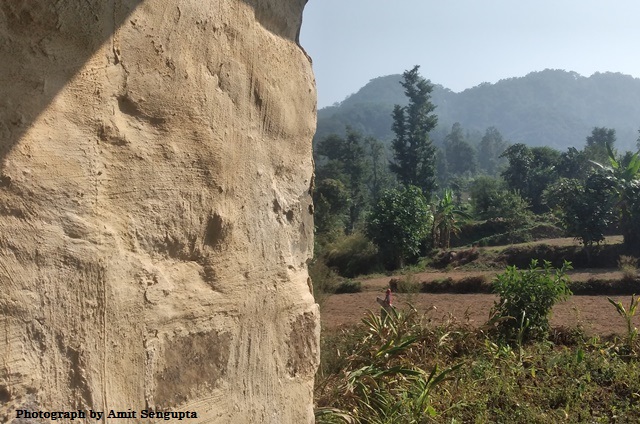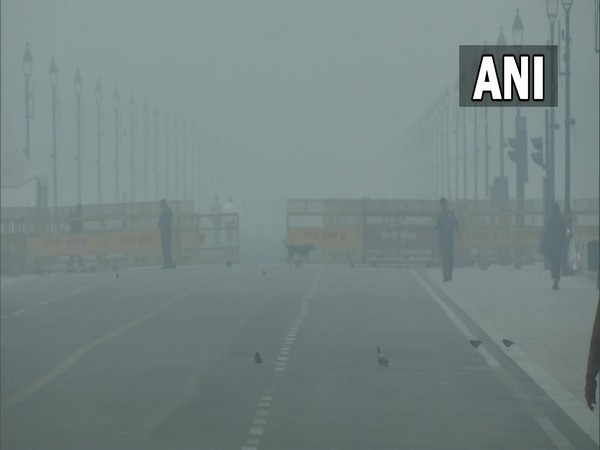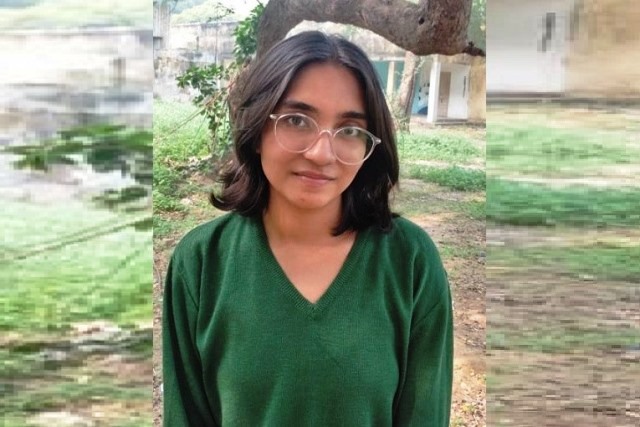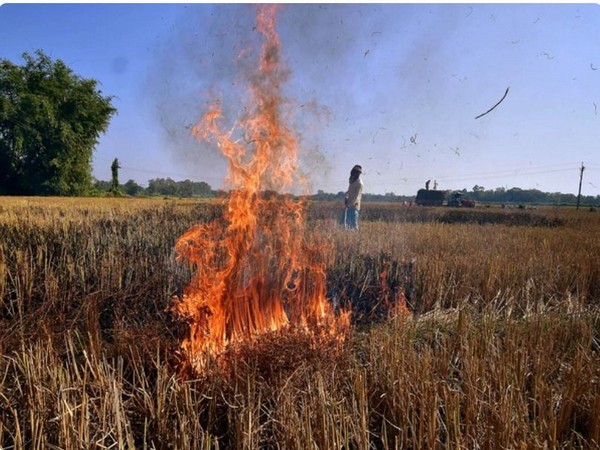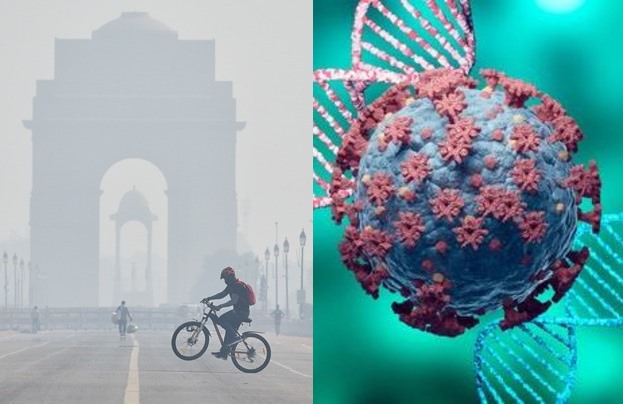Charanjeet Singh, a resident of New Delhi, narrates how he shifts base to Nodia every year during the October–January period as Capital AQI keeps worsening. His views:
I came to Delhi about 20 years ago in search for bread & butter and since then, I have been living in the national capital. However, for the past few years (about eight to 10 years), things are constantly getting worse and none of the corrective or preventive measures (both visible and claimed) taken by the government brings any relief. Name a thing – air, water, river etc, every resource is deteriorating at a dangerous pace and Delhi has literally transformed into a gas chamber, especially between October and January.
The situation during the rest of the year is also not very pleasant or commendable, but with the onset of winters, it becomes literally impossible, especially for aged persons and those with any kind of respiratory or chronic ailment, to breathe. Living in one of the most polluted cities of the world, Delhi, silently or boastingly, takes a toll on each and every of its citizens round the year and it intensifies during this period.
All government schemes like odd–even formula, traffic signal on car off, etc., fall flat on its face every year while the two smog towers are dysfunctional till date as against the claims of the MCD. Apart from this, every mechanical unit has a capacity after which it exhausts its potential and things are back to square one. I think the people of Delhi have made the situation a part and parcel of their lives and have, in a way, adapted to it just for the sake of earning a livelihood. If you want to survive, you need to get out of your house and face the adversities or remain indoors as much as you can if you don’t need to go out to earn money. That’s it!
ALSO READ: ‘How To Create A Safe Air Haven Indoors In Delhi’
Leaving behind air, the quality and quantity of water has also become a major concern. Most of the densely populated areas of Delhi face this problem throughout the year and arranging for at least drinking water has also added up in the day to day itinerary. I would also like to point out the situation of river Yamuna which is, on the records, the life line of Delhi.
Last year I happened to go to the banks of the river along with my friend and his mother who are from Bihar for the celebration of Chath. It was nearly impossible to stand there because of the stink and when my friend’s mother came out of the river after performing the Pooja, her Saari was full of filth and oil. How is one supposed to drink this water even if it is being treated before reaching our houses?
As a citizen of Delhi, this is absolutely disgraceful. The Delhi government is like paper tigers – very progressive in terms of policies but there is no political will and zero implementation. People are getting aware – usage of masks is visibly increased, people avoiding going out without work (even on weekends), etc. but for many, there has been no hiding from this poisonous smog. Most people like us, who have the option to shift out of Delhi during this period without hampering their work, are doing so but this is not the solution and the end of it. It is also a fact that a change of government cannot improve things drastically but positive steps need to be taken to save Delhi and its people.
For more details visit us: https://lokmarg.com/
As told to Rajat Rai

